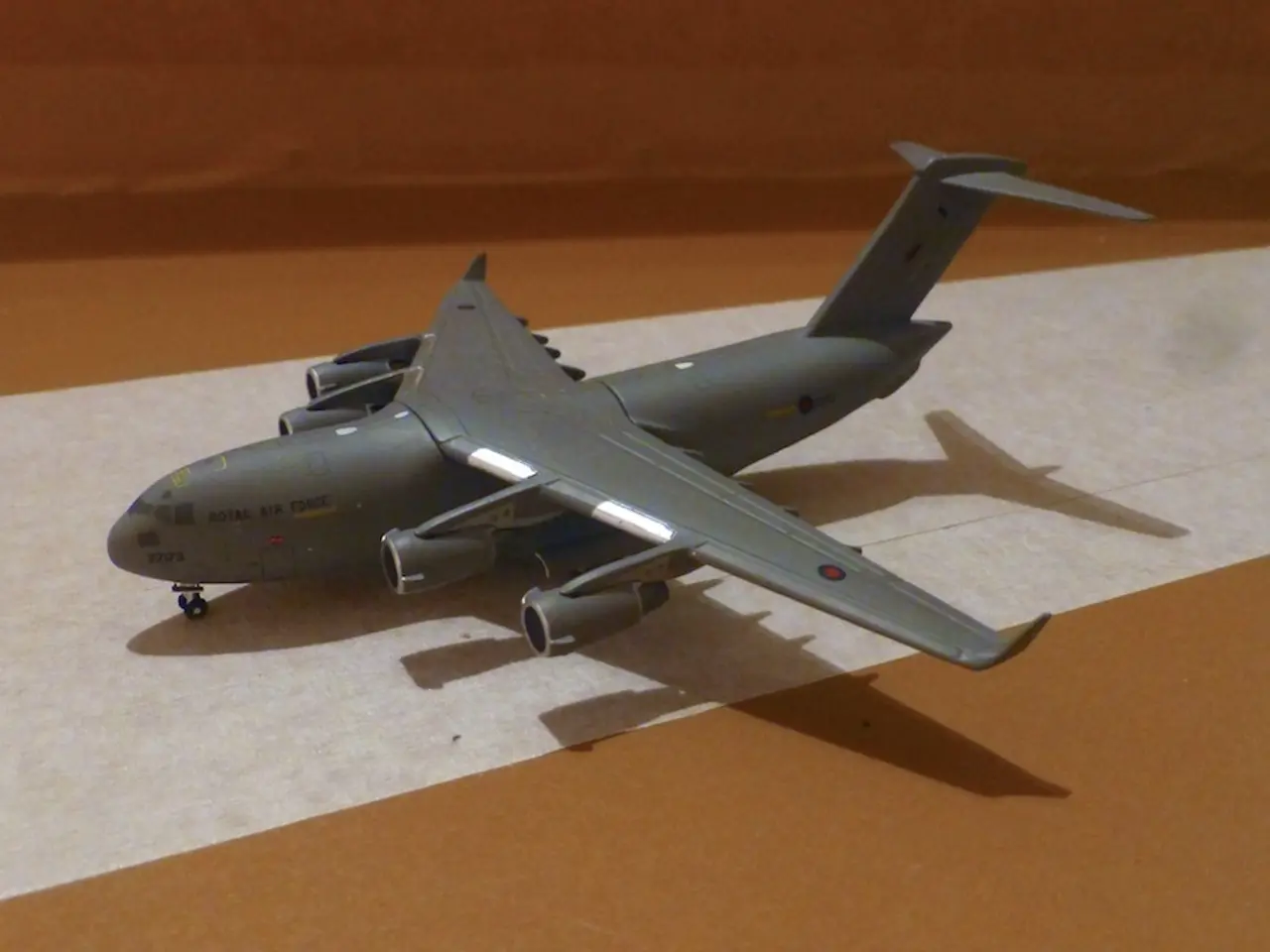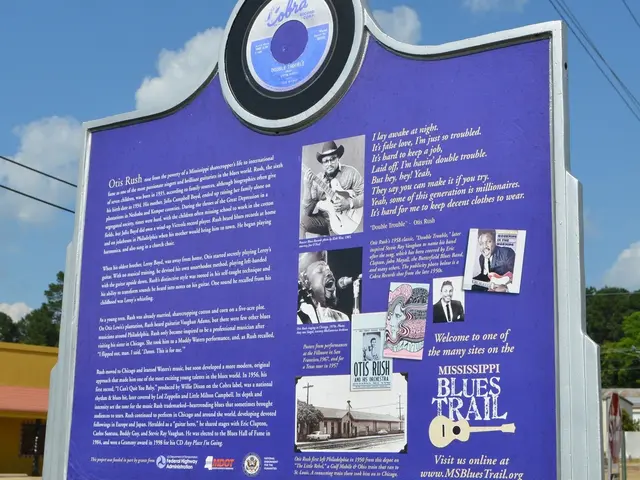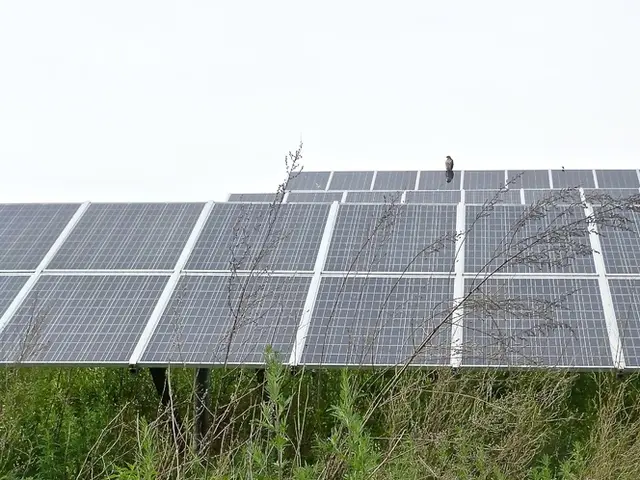NASA's X-59 Takes First Steps: Revolutionary Supersonic Aircraft Taxi Tests Successful
NASA's X-59, a revolutionary supersonic aircraft designed to minimise sonic boom, has taken its first steps under its own power. The taxi tests, conducted at Lockheed Martin's facility in Palmdale, California, mark a significant milestone in the project.
The X-59, part of NASA's Quiet Supersonic Transport (Quesst) mission, aims to demonstrate quiet supersonic flight. Its unique design features a slender fuselage and a specially shaped nose to reduce noise. The aircraft incorporates components from existing military platforms to speed up development and lower costs.
Powered by a single General Electric F414 engine, the X-59 can reach speeds past Mach 1.4. Data gathered from this aircraft will inform new noise thresholds for supersonic commercial flight over land. The X-59's unconventional design also includes a flush cockpit canopy and an advanced External Vision System (EVS).
The X-59's rollout ceremony took place in January 2024, and its taxiing is the final series of ground tests before its first flight. This flight is expected in 2025, following the completion of high-speed taxi tests and final system validations. Lockheed Martin, supporting the development, is responsible for building the X-59.
The X-59's successful taxi tests pave the way for its first flight in 2025. This aircraft, with its innovative design and speed capabilities, promises to revolutionise supersonic flight, making it quieter and more sustainable for commercial use.
Read also:
- Industrial robots in China are being installed at a faster rate than in both the United States and the European Union, as the global market for these robots faces a downturn.
- Galvanize Unveils $1.3 Billion Plan to Fund the Energy Sector's Evolution Pathway
- EAFO Research Uncovers Crucial Elements in Electric Vehicle Adoption within the EU
- Zeppelin's Fuel Cell Unit Powers 'Sandstedter Sommer' Festival








